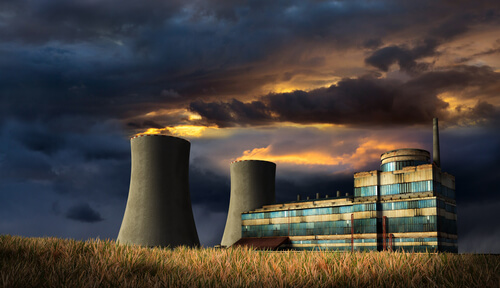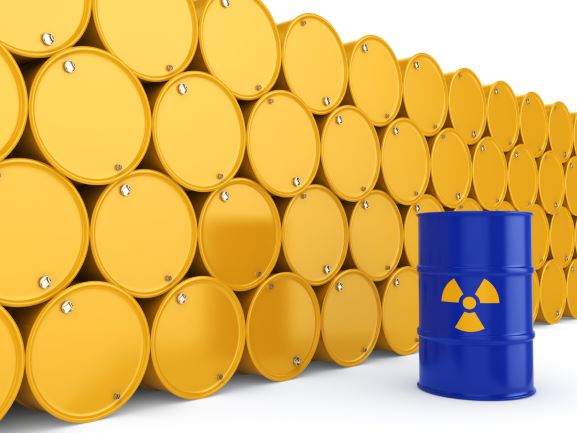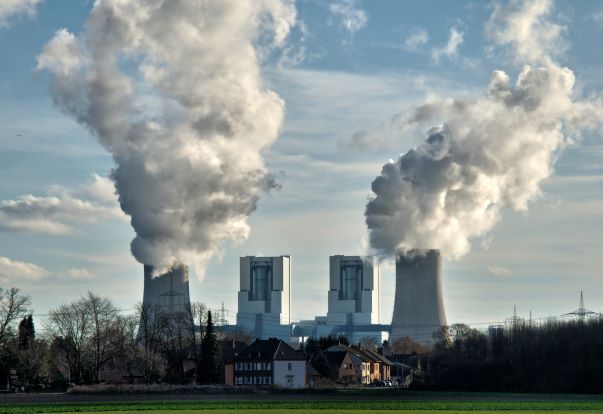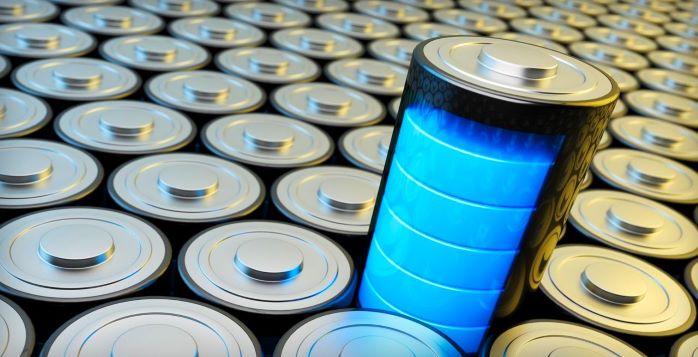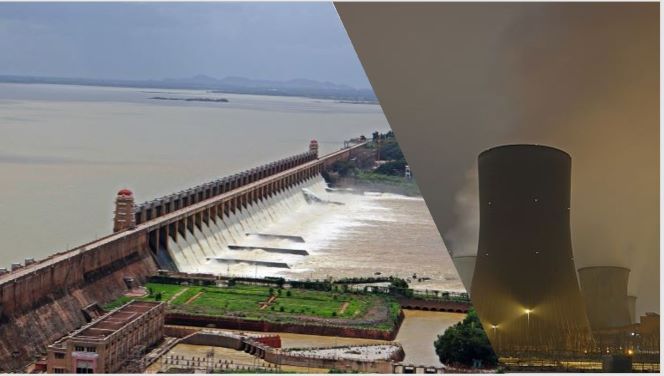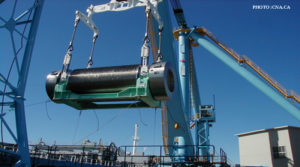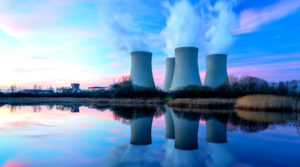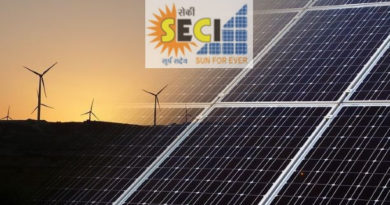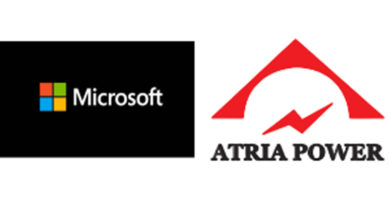Decommissioning Costs are Nuking Prospects for Nuclear
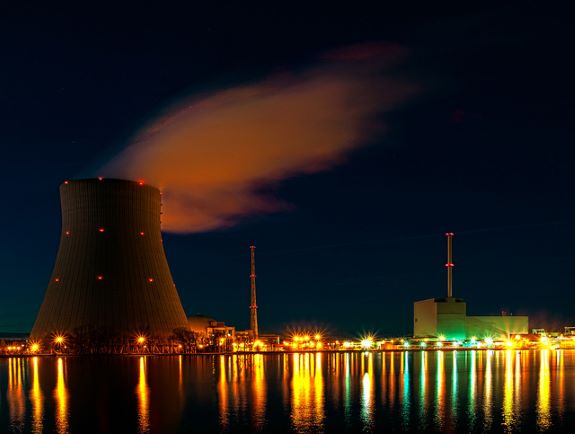
In the US, Six commercial Nuclear reactors have been shut down since 2013, and eight reactors more have announced plans to retire by 2025.
The retirement process for nuclear power plants involves disposing of nuclear waste and decontaminating equipment and facilities to reduce residual radioactivity, making it much more expensive and time-consuming than retiring other power plants. This is a process that can take anything between 7 years to 50 years, depending on the process followed.
To fully decommission a power plant, the facility must be deconstructed and the site returned to greenfield status (meaning the site is safe for reuse for purposes such as housing, farming, or industrial use). Nuclear reactor operators must safely dispose of any onsite nuclear waste and remove or contain any radioactive material, including nuclear fuel as well as irradiated equipment and buildings.
The Problem
Decommissioning is not just the process for dismantling nuclear reactors and remediating radioactive contamination for site restoration. Decommissioning has an increasingly important role at the end-of-reactor-life-cycle for the scientific scrutiny of projected safety margins and potential hazards at operating reactors seeking longer and longer license extensions.
After decades of commercial power operation, the nuclear industry as well as authorities like the U.S. Nuclear Regulatory Commission have done surprisingly little to strategically harvest, archive and scientifically analyze actual aged materials. This could pose huge risks to people who in charge of decommissioning the plant and also who might live near the area after the plant achieves “SAFSTOR” status. They do not go for an Autopsy for sampling or collectively share this cost of doing business to extend their operating licenses.
- Safe Storage (SAFSTOR), also known as deferred dismantling, involves containing and monitoring the reactor and equipment until radiation drops to safe levels. The SAFSTOR timeline allows for up to 50 years of containment followed by up to 10 years for decontamination. The longer timeline of the SAFSTOR method can allow some radioactive contamination to decay to safe levels, reducing the amount of radioactive material that must be disposed of, which can reduce the total decommissioning cost. Operators also have more time to secure funds to pay for the decommissioning process over the longer timeframe of the SAFSTOR process.
- Decontamination (DECON) is the relatively faster method of decommissioning a nuclear reactor and involves removing all fuel and equipment from the power plant. The fuel and equipment represent the bulk of the irradiated material on the site and are removed for separate storage and decontamination. DECON can take at least seven years and allows for the relatively quick return of the land for reuse.
David Lochbaum, a recognized nuclear safety engineer in the public interest with the Union of Concerned Scientists, identifies that nuclear research on the impacts and hazards of age degradation in nuclear power stations presently relies heavily on laboratory accelerated aging—often of fresh materials—and computer simulation to predict future aging performance and potential consequences during license extension. Lochbaum explains that “Nuclear autopsies yield insights that cannot be obtained by other means. Researchers need to compare the results from their time-compression studies with results from tests on materials actually aged for various time periods to calibrate their analytical models.”
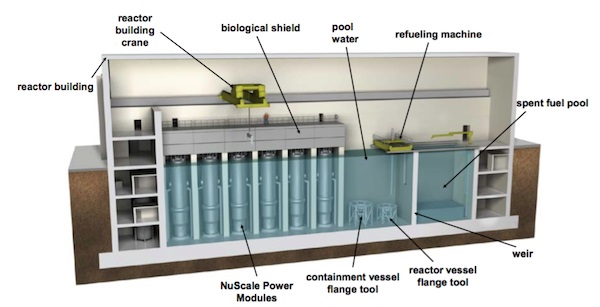
Sudden Surge in Nuclear Decommissioning
According to PWC, The recent spur in nuclear decommissioning “may become one of the fastest growing segments of the nuclear power industry.” It further adds worrying trend in rules. “Nuclear decommissioning is a highly-regulated sector where, paradoxically, the regulations are still evolving,” It says. “Finance is perhaps the trickiest area because of its complex interdependencies with other project elements. For example, a company may choose SAFSTOR (deferred dismantling) over DECON (immediate dismantling), thinking that the former requires less funds upfront; in reality, the company needs to spend enough at the front end in order to help increase the availability of its Nuclear Decommissioning Trust Fund and meet IRS obligations for the balance of the decommissioning project.” It adds.
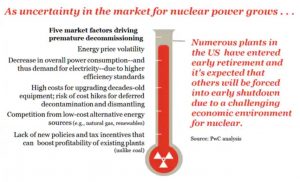
“Nuclear decommissioning projects are fundamentally large capital projects and require the same level of upfront planning, strategic assessment, legal review, and project discipline — facilitated through integrated project technology — that would be applied to any large nuclear construction project.” Daryl Walcroft, Principal, US Capital Projects and Infrastructure Leader.
Another PWC experts say, “Why is nuclear decommissioning so complex? Because each station is so unique, from engineering and siting to stakeholder dynamics, and requires its own decommissioning blueprint. While there are certainly lessons learned that can be applied from one decommissioning project to the next, every owner faces a unique set of conditions and challenges that must be satisfied on a site specific basis.” Brooke Traynham Morrison, Capital Projects and Infrastructure Director.
Way Ahead: SMR
It is no secret that the market for new construction of large reactors is coming to a grinding halt as the costs associated with these investments continue to rise while the cost of other energy sources fall. But experts remain optimistic about nuclear energy—thanks to a new breed of small modular reactors (SMRs).
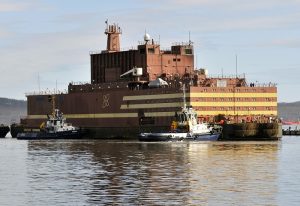
Global interest in small and medium-sized or modular reactors has been increasing due to their ability to meet the need for flexible power generation for a wider range of users and applications and replace ageing fossil fuel-fired power plants. They also display an enhanced safety performance through inherent and passive safety features, offer better upfront capital cost affordability and are suitable for cogeneration and non-electric applications. In addition, they offer options for remote regions with less developed infrastructures and the possibility for synergetic hybrid energy systems that combine nuclear and alternate energy sources, including renewables.
According to IAEA, there are about 50 SMR designs and concepts globally. Most of them are in various developmental stages and some are claimed as being near-term deployable. There are currently four SMRs in advanced stages of construction in Argentina, China and Russia, and several existing and newcomer nuclear energy countries are conducting SMR research and development.
Firms like Russia’s Rosatom, have tried to innovate by creating a new operating model of BOO (Build , Own and Operate), where it takes care of all the expenses of running the plant in exchange for a PPA, but even it has had success only on power deficient, developing countries with possibly weak environment laws.
(Image credit: Flickr)


